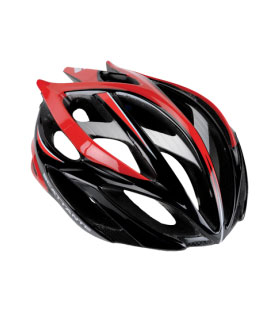Mar . 05, 2025 04:39 Back to list
derailleur on mountain bike


Once the derailleur is mounted, reattach the shift cable. This involves slipping the cable through the derailleur's barrel adjuster and securing it with the cable pinch bolt. Use a screwdriver to make subtle adjustments to the barrel adjuster if necessary, ensuring there is a slight tension in the cable. After attaching the cable, adjust the derailleur’s limits. Start with the low limit screw — this controls how far the derailleur moves towards the spokes. Turning the screw clockwise will restrict movement towards the spokes, while counterclockwise allows more range. Once the low limit is set correctly, shift the chain to the smallest cog and adjust the high limit screw to prevent the chain from falling off the smallest cog. Fine-tune the indexing by making slight adjustments to the barrel adjuster, ensuring smooth transitions between gears. An accurately indexed derailleur will shift crisply without hesitation. Test the derailleur by cycling through all the gears, making slight adjustments if there are any delays in shifting or if the chain struggles to stay on a specific cog. Finally, once everything is in place and working smoothly, take your mountain bike for a test ride. Pay attention to the shifting performance, especially under load, as any persistent issues can often be resolved with minor adjustments. By replacing the rear derailleur yourself, you develop a deeper understanding of your mountain bike’s mechanics, empowering you to tackle other maintenance tasks confidently. Consistent practice and attention to detail not only extend your bike’s life but also enhance your overall biking experience. Maintaining your bike with regularly scheduled checkups and cleanings will keep you on the trails with fewer interruptions and a more fluid riding experience.
-
In-Depth Guide to Ebike Frames: Design, Use & Future Trends
NewsNov.25,2025
-
Discover Top E Bike Brand Insights, Specs & Future Trends | Yanline Bike
NewsNov.24,2025
-
Green E Bike – The Future of Sustainable Urban Mobility
NewsNov.24,2025
-
Ruffian eBike: Durable, Efficient Electric Bikes for Modern Mobility
NewsNov.23,2025
-
Comprehensive Guide to the Global E Bike Market and Future Trends
NewsNov.23,2025
-
Understanding Electric Bicycle Range: A Complete Guide for Smarter E-Bike Use
NewsNov.22,2025
-
Ceron Electric Bike – Efficient, Sustainable Urban Mobility Solutions
NewsNov.22,2025




